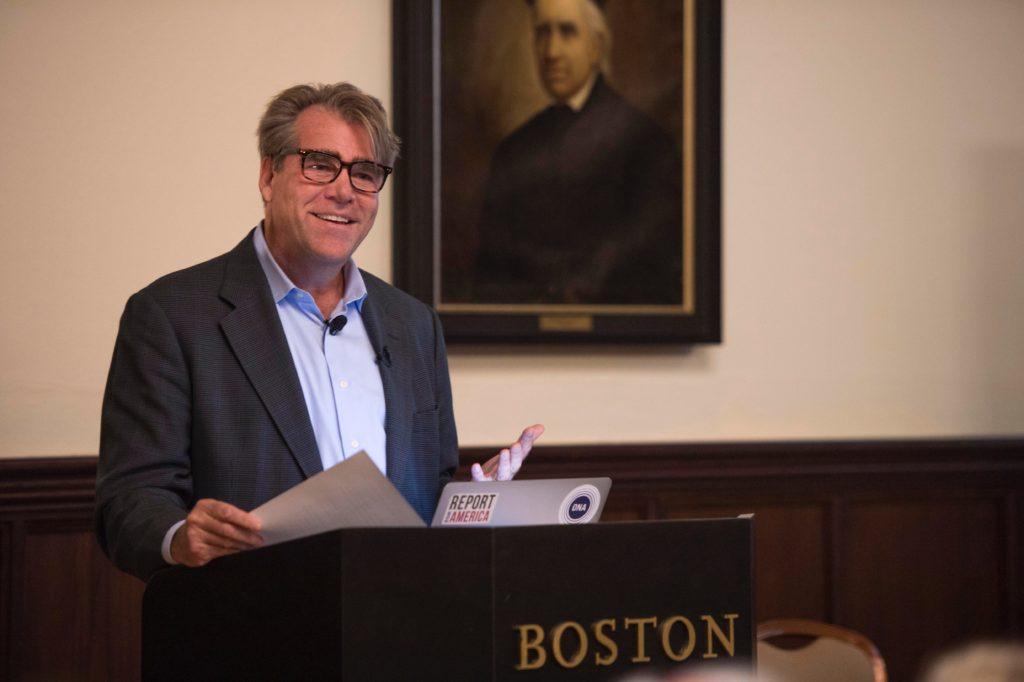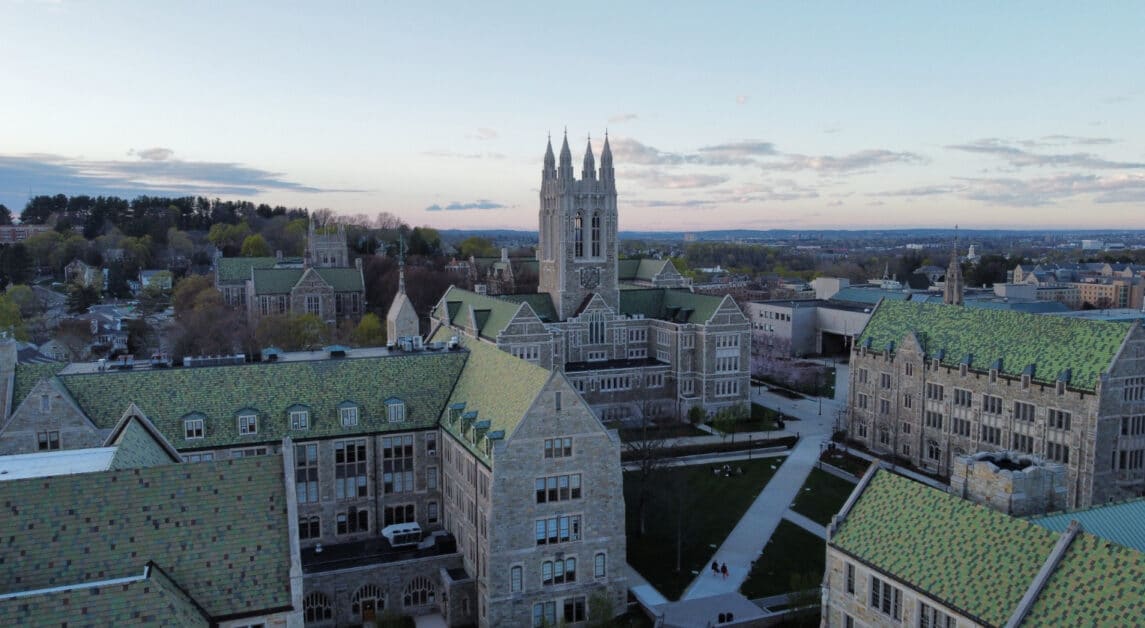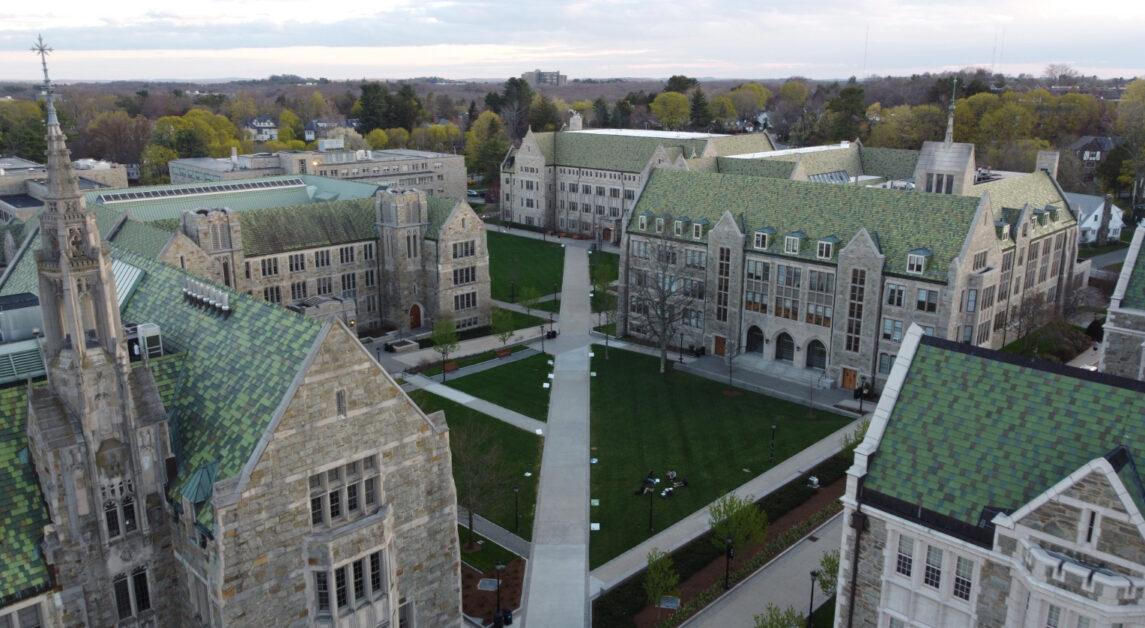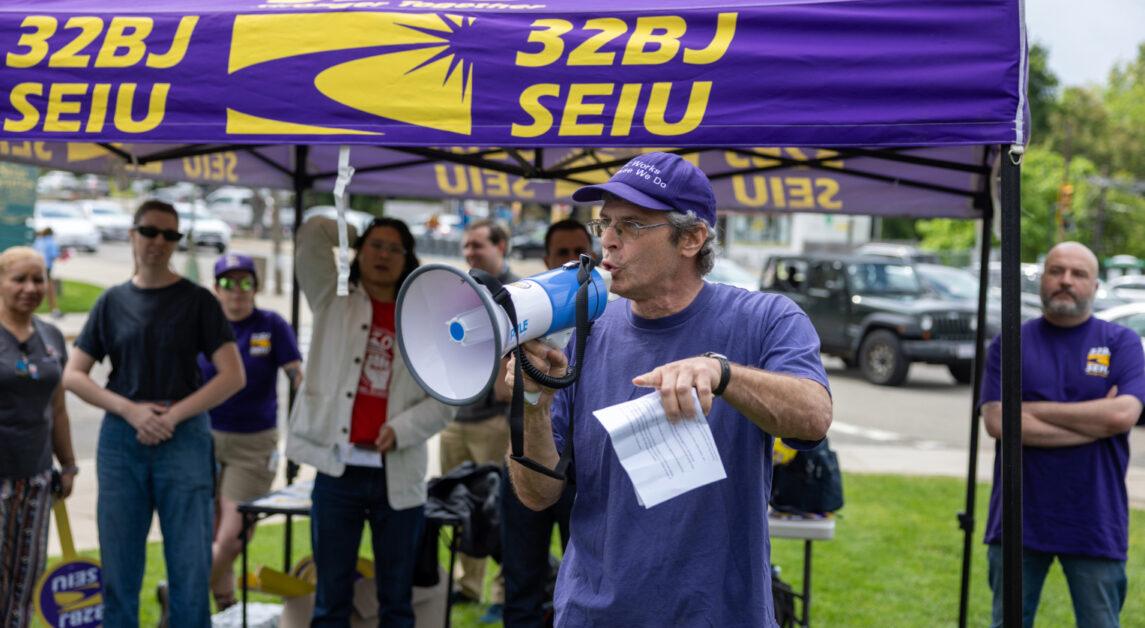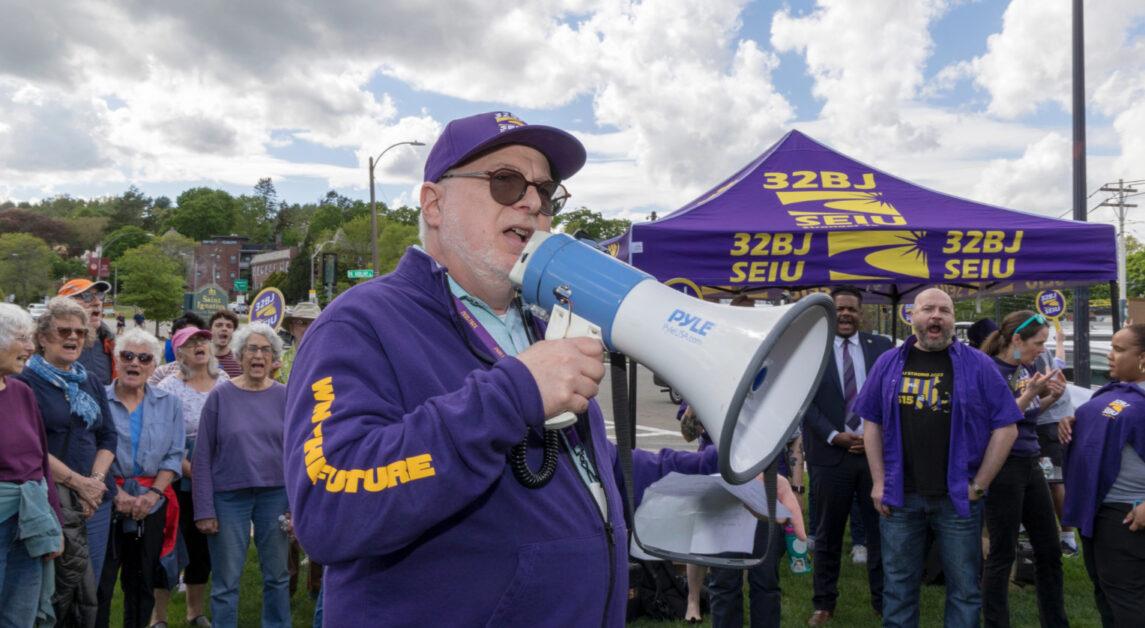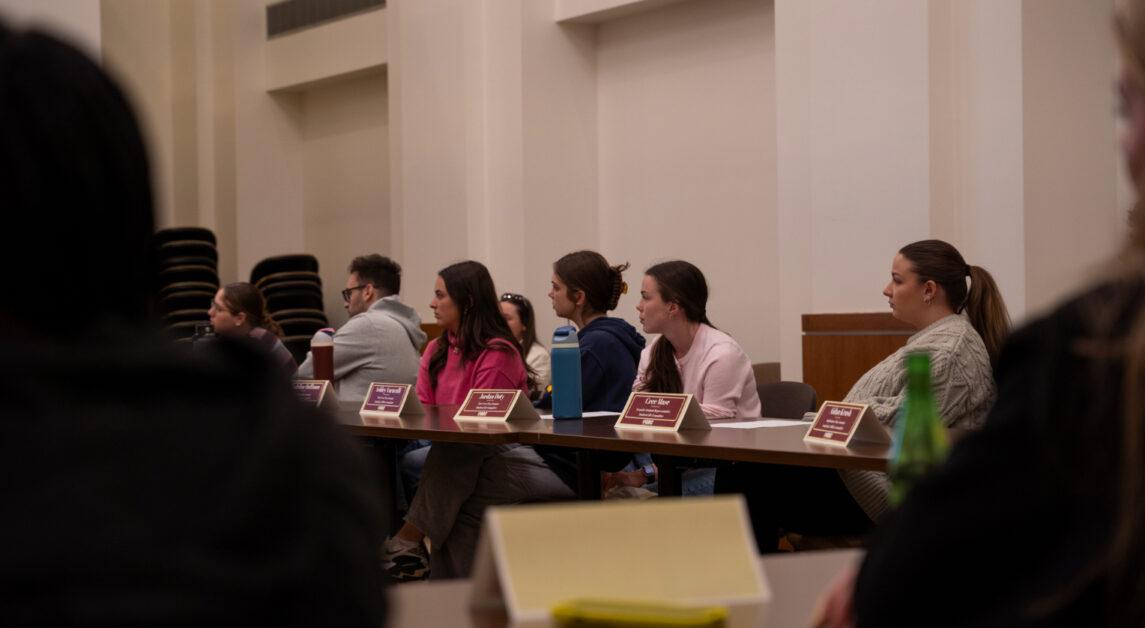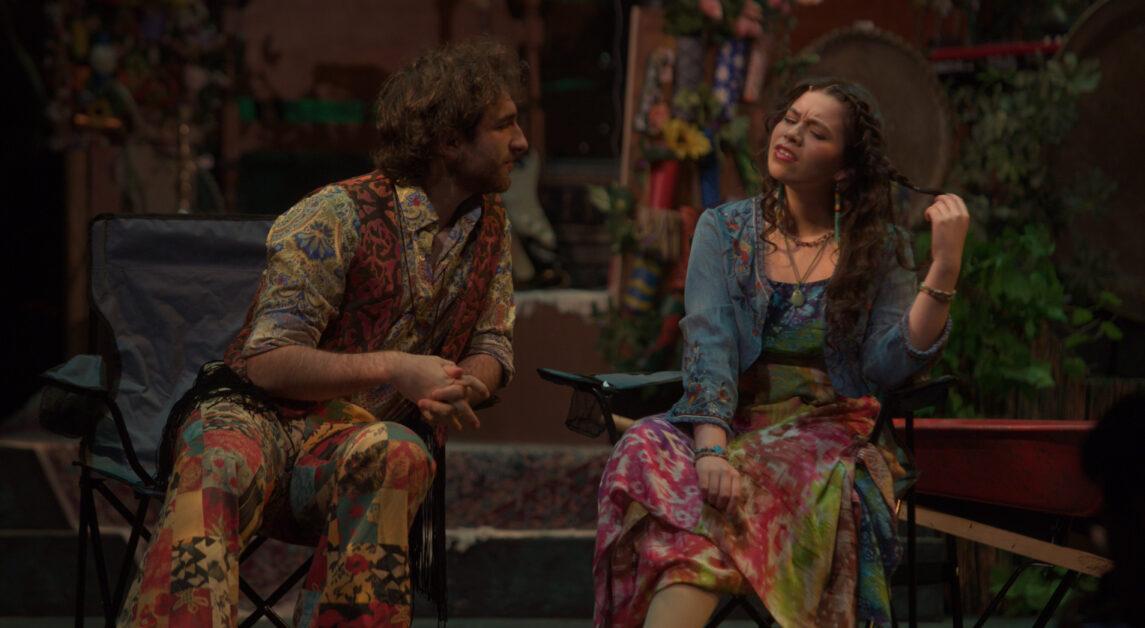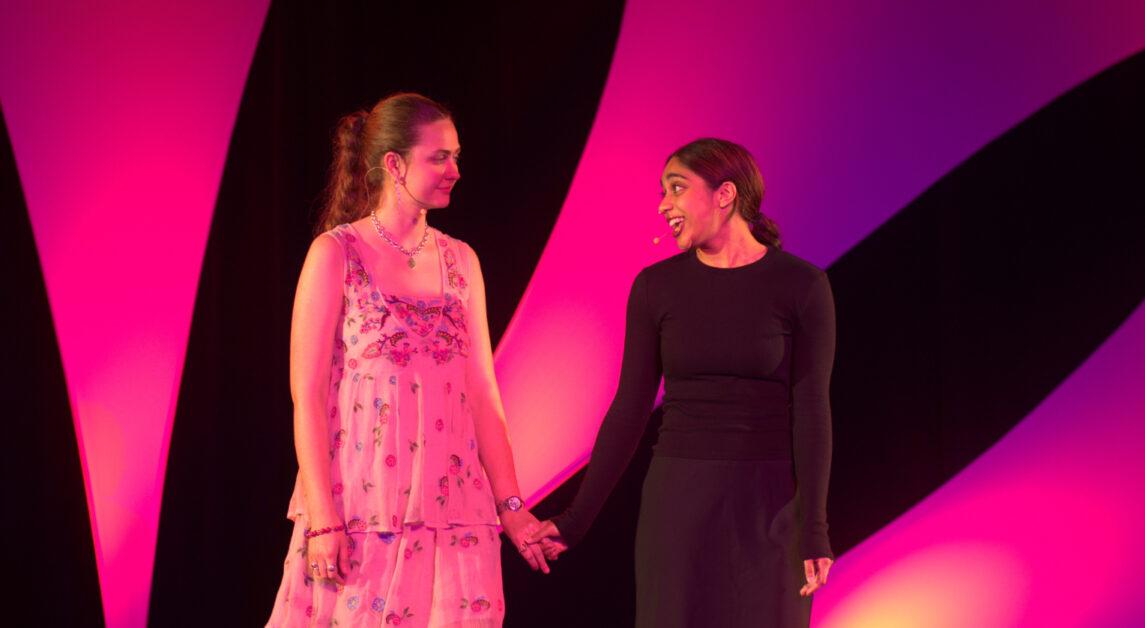Charles Sennott, an award-winning journalist, foreign correspondent, author, and entrepreneur, addressed a captivated audience on Wednesday night to discuss the most pressing issue facing our democracy: journalism.
The first speaker in the Lowell Humanities lecture series, Sennott outlined what he described as “the erosion of truth” in the media. His lecture, titled “Crossing the Divide: Ground Truth in the Post-Truth Era,” had a simple message: It’s time for media to return to “old school journalism” by reporting what Sennott dubs the “groundtruth.”
Looking out into the audience, Sennott wiggled his bushy eyebrows and asked, “How many of you have heard of this term?” A few hands raised, and he added with a laugh, “My wife and brother don’t count.”
“‘Ground truth’ is a technical term coined by NASA,” Sennott said. “I love its precision. When you look it up on the NASA website, it talks about the calibration process when a person on the ground makes a measurement, and a satellite makes the same measurement at the same time.”
Turning to face the the screen to his left, Sennott paused to look at the definition of the term projecting toward the audience.
“Now I have never thought of NASA as poetic, but NASA says that if there is a conflict between the technology and the human reading on the ground, trust the ground reading,” he said.
“For us, this is the metaphor for what we do. It’s a simple concept, but it’s a philosophy that lies at the heart of all good journalism,” he said. “We live in a world of technology where we are bombarded with information, but we need to calibrate that information against the truth that we as journalists see on the ground. It’s our job.”
Gazing out into the audience again, Sennott posed another question: How has American culture lost sight of what a “fact” is? How has the country reached a place where its president calls news he “finds unhelpful” fake news?
“This crisis in journalism has become a crisis in our democracy,” Sennott said. “Trust in the media is in rapid decline. Every day it is eroding. We need to defend it, because it is the cornerstone of our democracy.”
Specifically, Sennott stressed the impact of the crisis in journalism on local media coverage. Projecting slide after slide of data to the audience, he revealed that the emergence of “news deserts,” has become systemic: 900 communities have lost their local news organization in the last 15 years.
Frustrated by what he was witnessing, Sennott decided to do something, and he founded the GroundTruth Project, a nonprofit, nonpartisan news organization dedicated to keeping truthful, passionate journalism alive.
Dedicated toward supporting the next generation of journalists, the organization produces podcasts and documentaries, its cross-country project “Crossing the Divide” premieres on the World Channel on Wednesday, and its newest initiative, Report for America, seeks to address the crisis in local journalism in the United States.
“Truth evaporates in news deserts,” Sennott said. “People don’t feel heard.The reason we need local reporting is because in its absence we grow divided as a country. If we only listen to Fox and MSNBC and we only care about issues like gun control and abortion, we are going to fall apart. We may never, ever get along.”
Sennott described Report for America as “Teach for America” for journalism.
“We believe in the public service spirit of journalism,” he said.
Sennott concluded with a call to action. Looking out at the faces of the students in the audience, he urged them to pursue a career in journalism.
“The truth is now under attack. Right now, and forever more, we need to work a lot harder to be sure we do our jobs. We have to do better. Journalism has failed us. We have to do better.”
Featured Image by Kaitlin Meeks / Heights Editor

